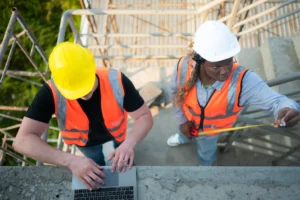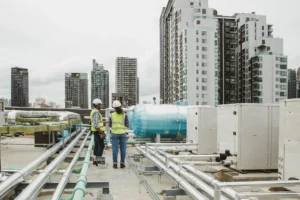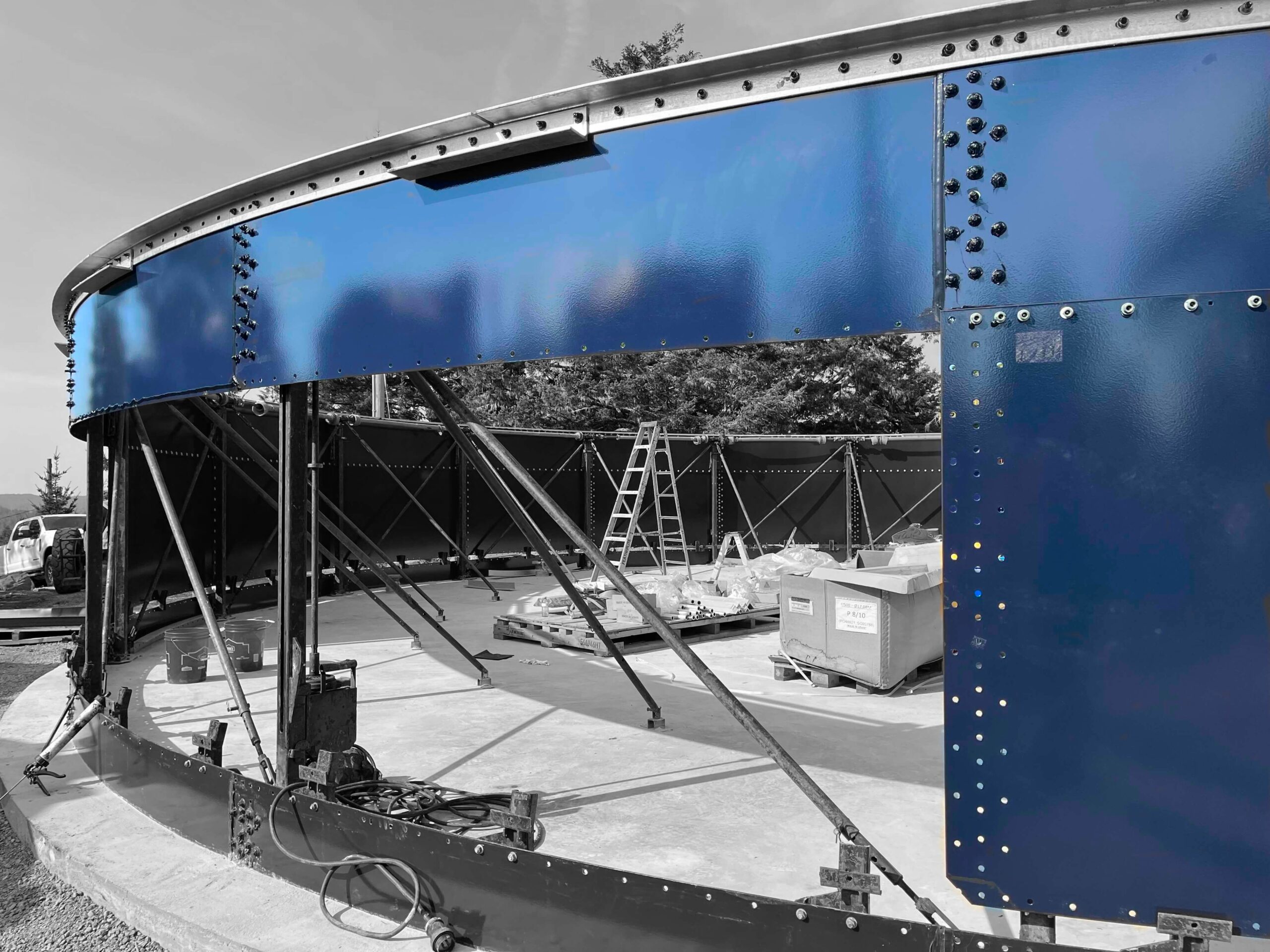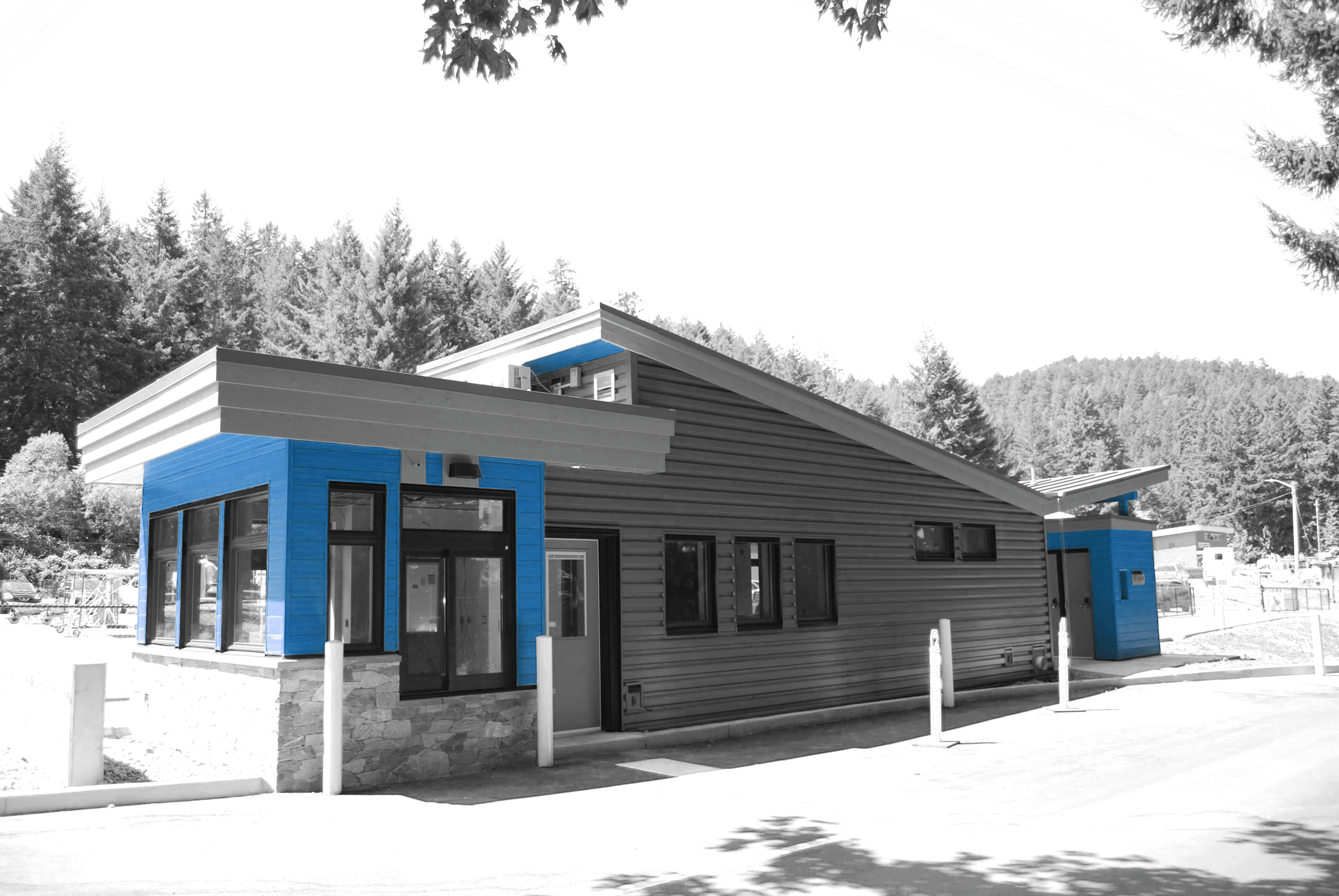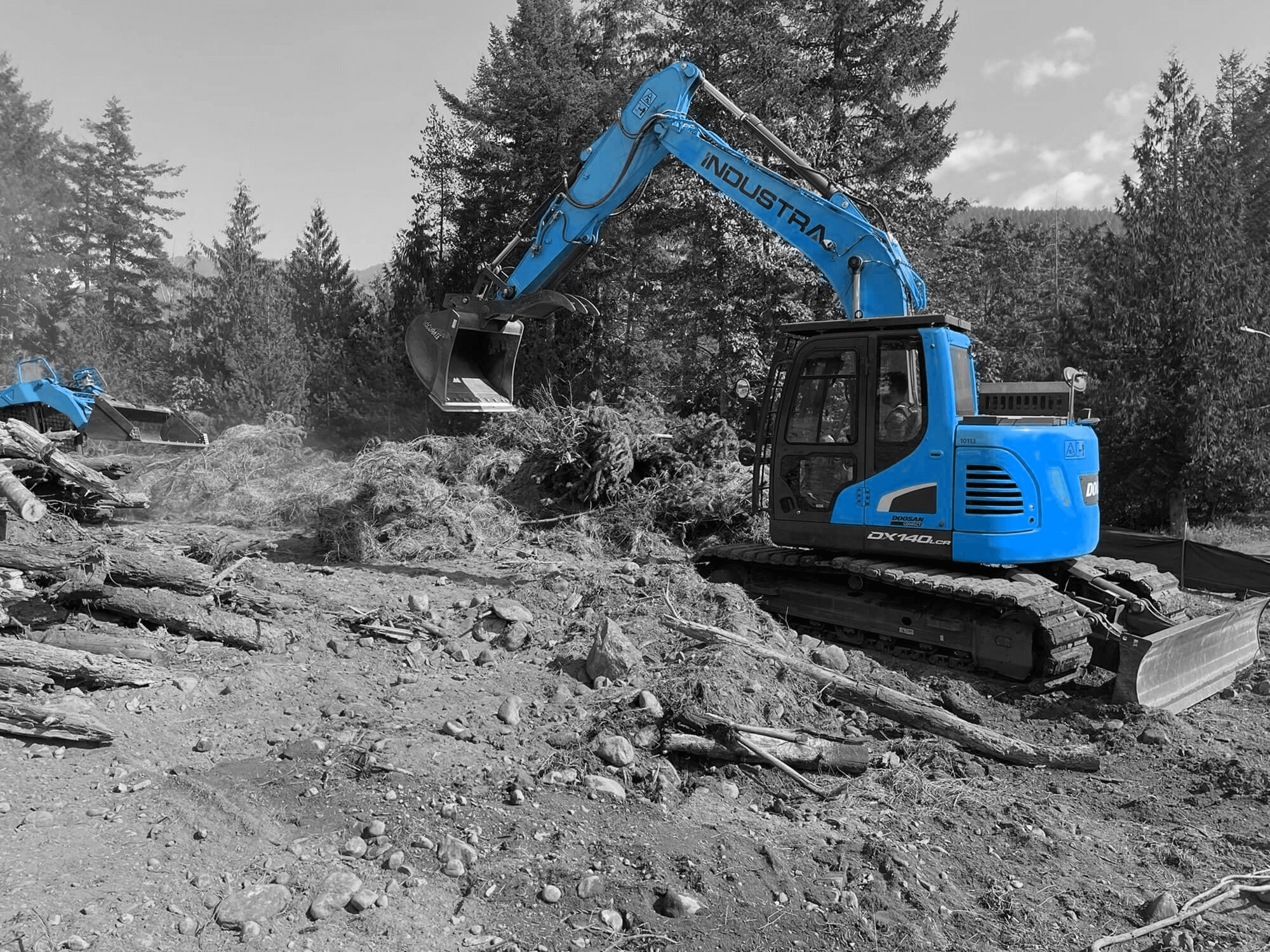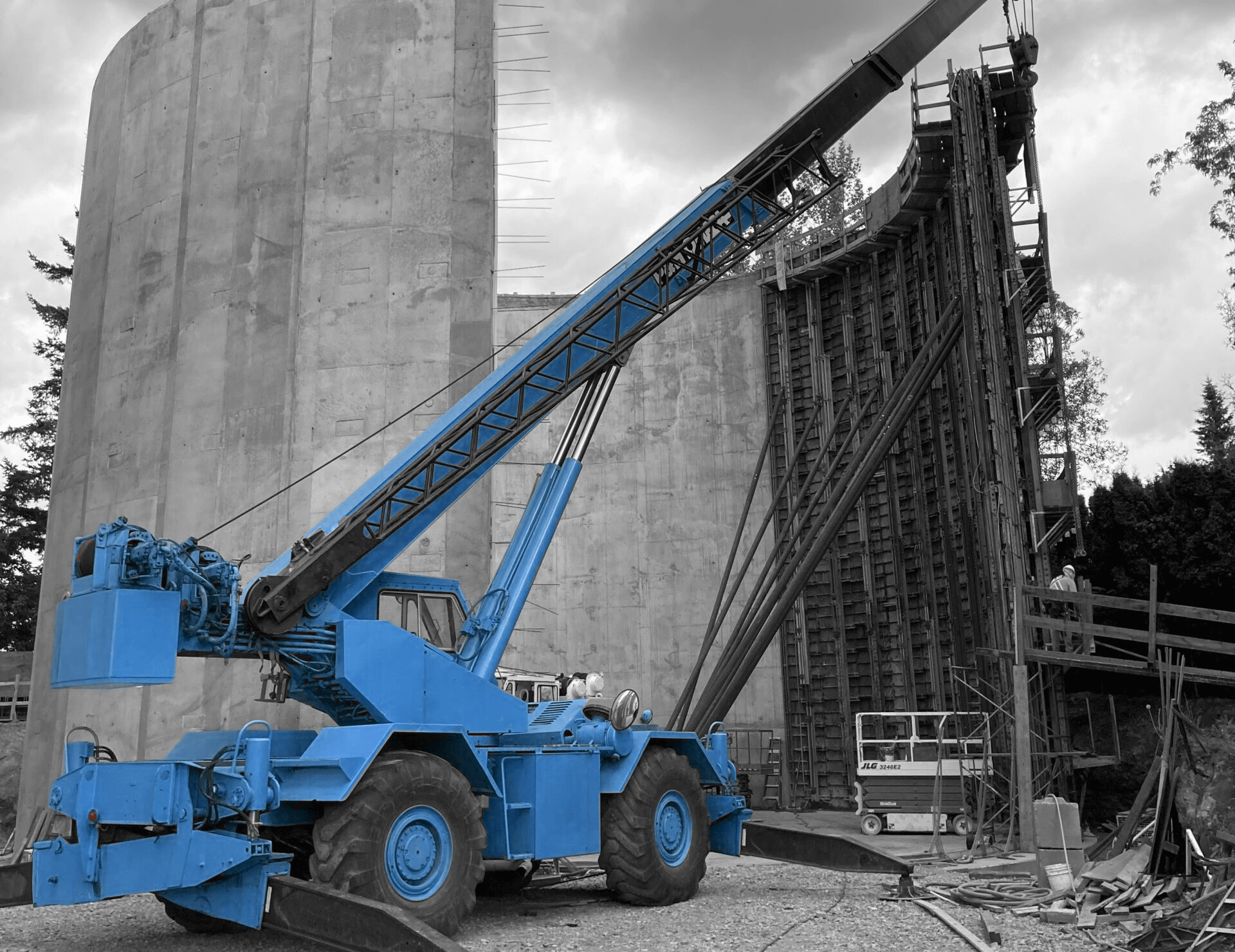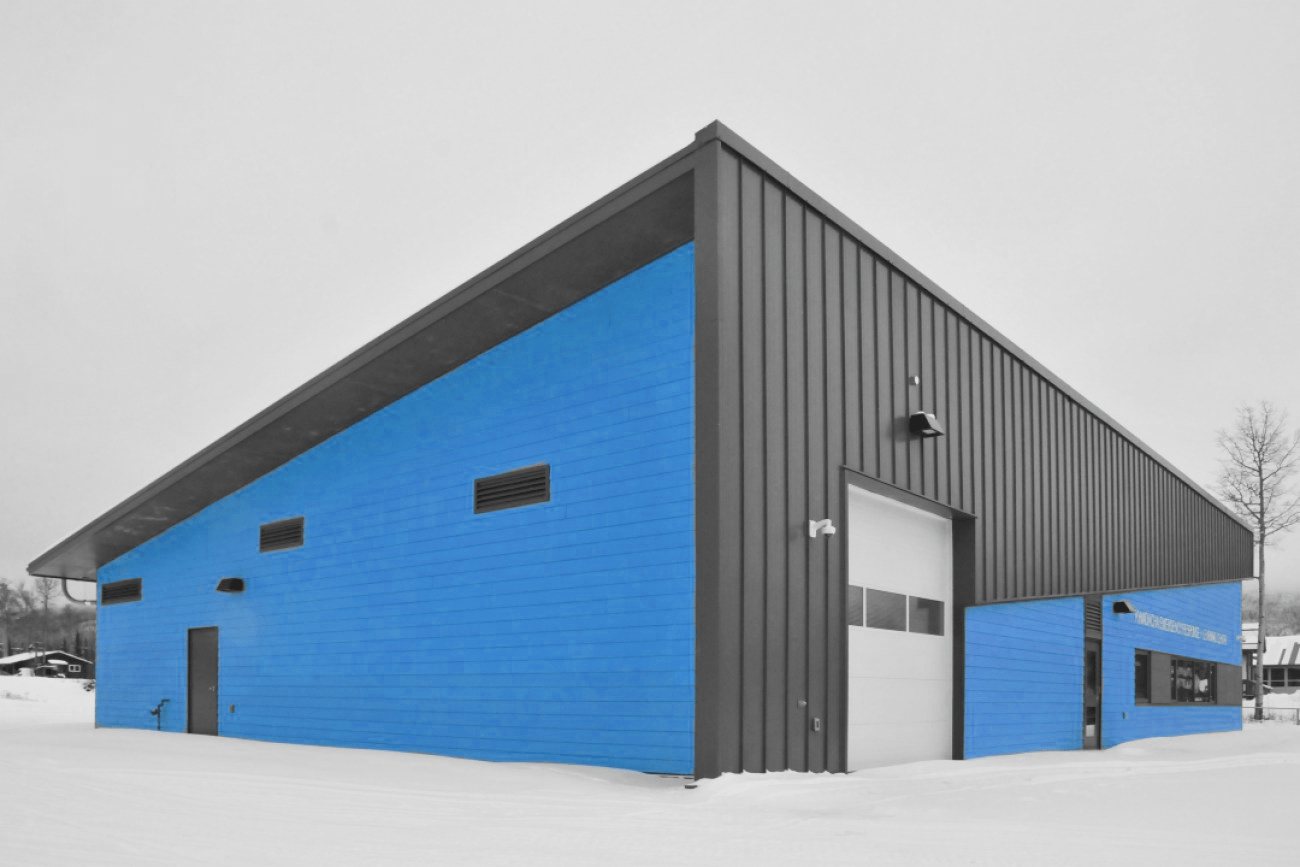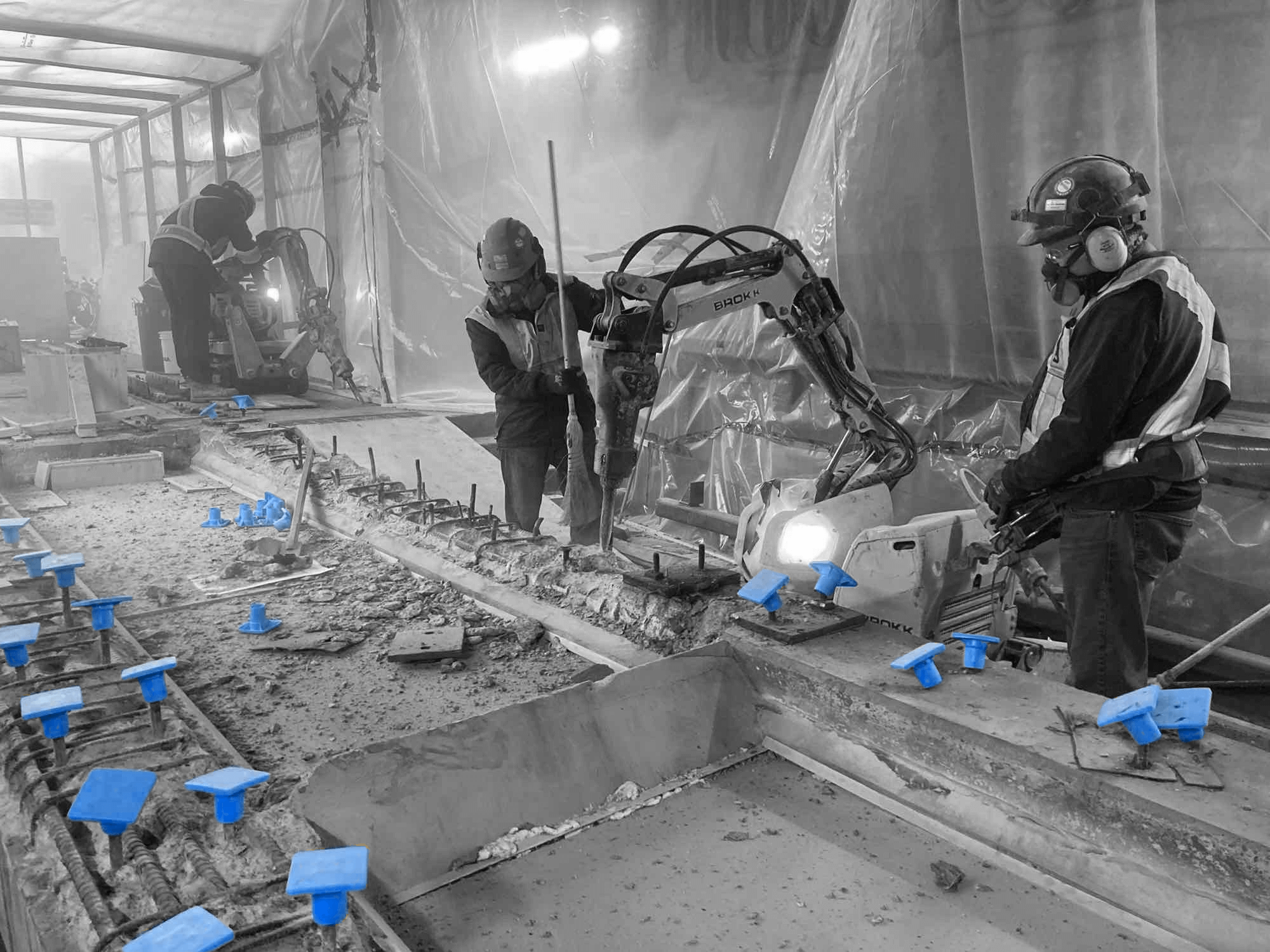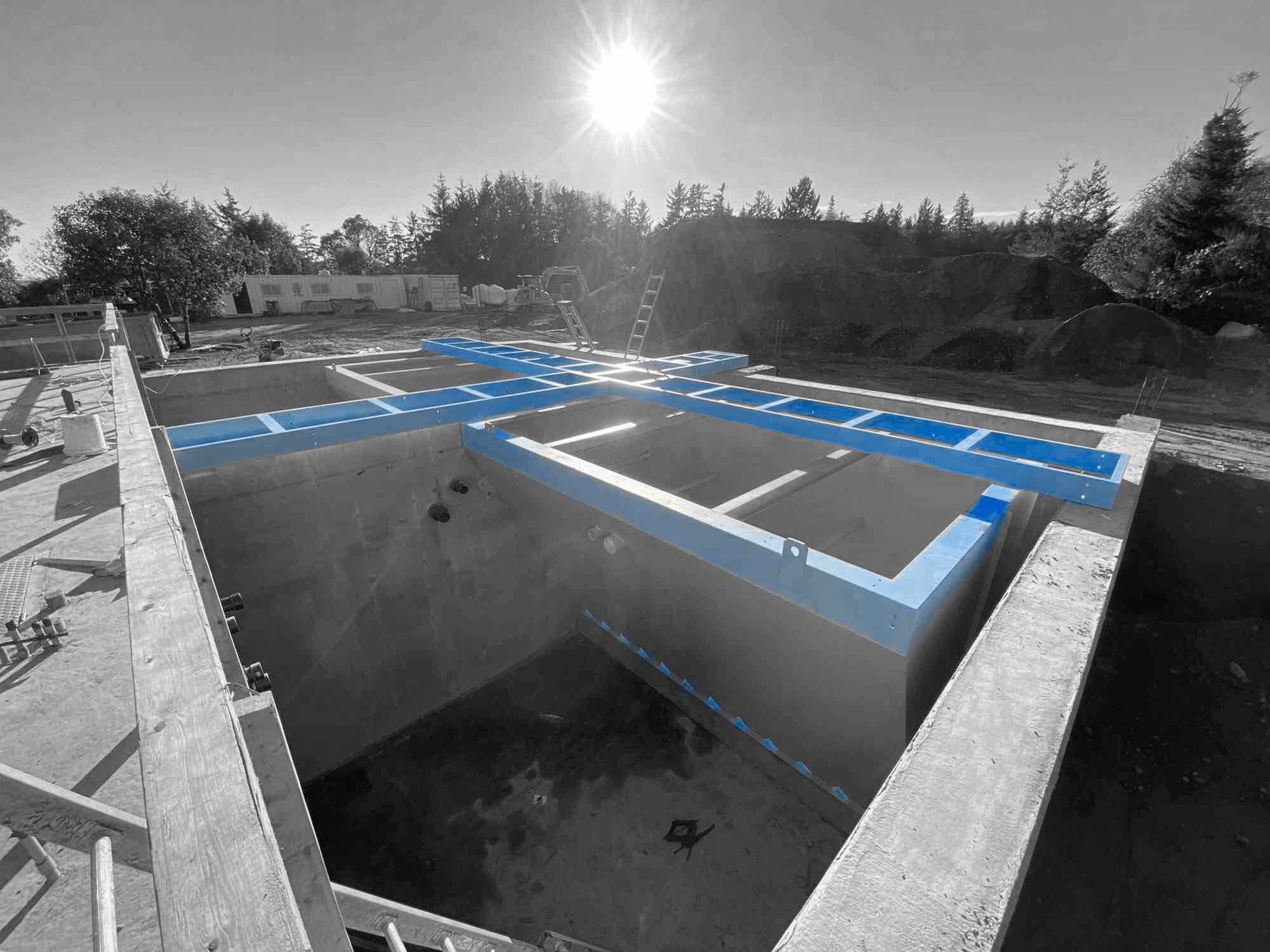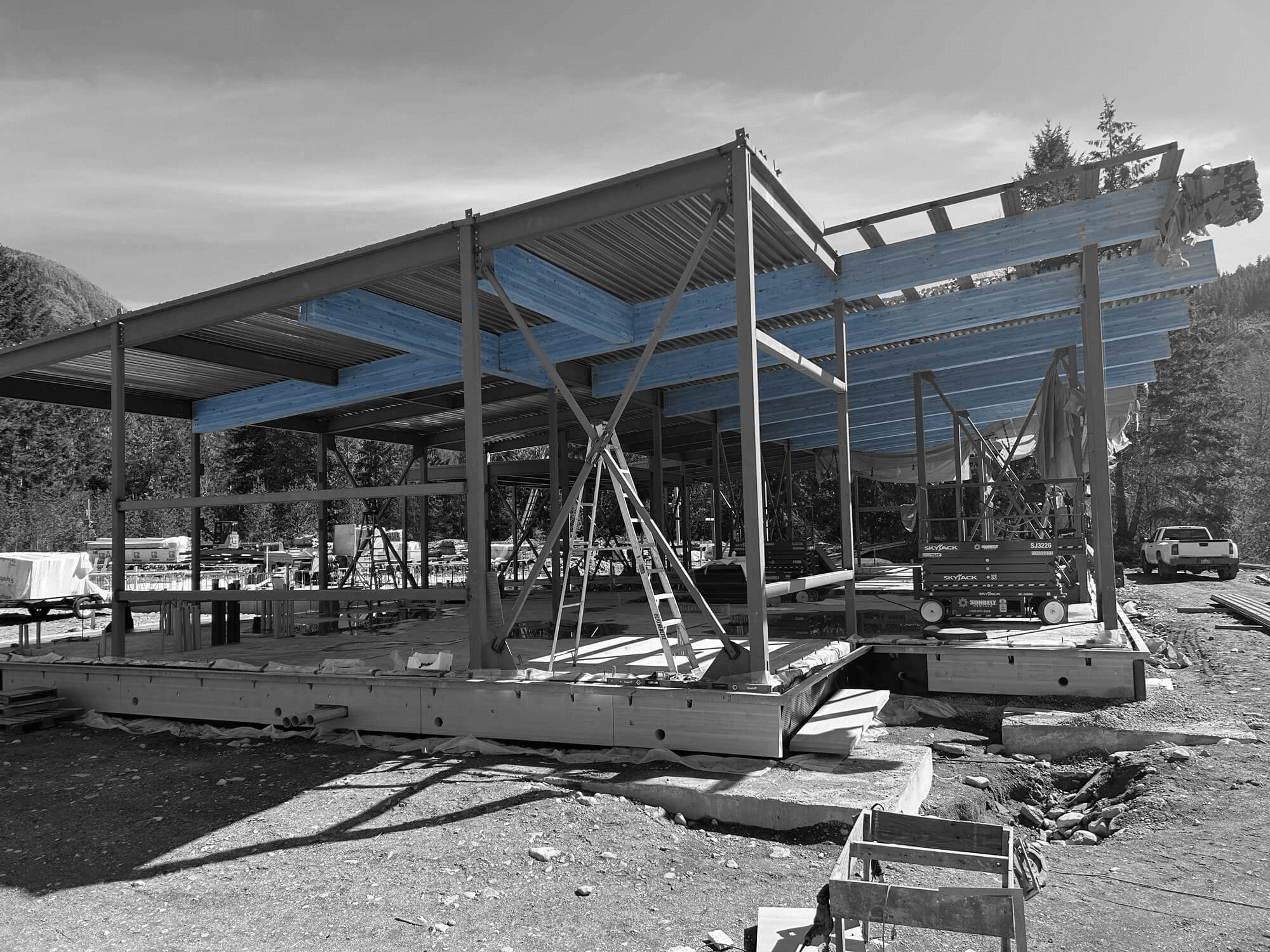EPC design-build solutions have revolutionized the construction industry, particularly in the industrial sector. EPC stands for Engineering, Procurement, and Construction, and this method integrates all three phases into a single contract. This approach streamlines the construction process, making it more efficient and cost-effective.
The industrial market continues to grow in complexity and scale, requiring more advanced and integrated construction solutions. EPC design-build is becoming the preferred method for industrial projects due to its cohesive structure and ability to manage large-scale projects effectively. By combining engineering, procurement, and construction under one umbrella, all parties involved can work collaboratively from the project’s inception to completion.
As we look ahead to 2024, the demand for innovative and sustainable industrial facilities is higher than ever. Advancements in technology and a focus on eco-friendly practices are driving changes in how we approach industrial construction. Understanding the benefits and trends associated with EPC design-build solutions is essential for staying ahead in the competitive field of industrial development. This article delves into the advantages, technologies, and future trends of EPC design-build for industrial projects.
Understanding EPC Design-Build for Industrial Projects
Defining EPC Design-Build
EPC design-build stands for Engineering, Procurement, and Construction. It’s an integrated approach where a single contractor handles all three phases of a project – from initial engineering and design to procuring materials and completing construction. This method ensures that the project is unified under one contract, which can streamline coordination and simplify management. For industrial projects, which often involve complex logistics and large-scale construction, the EPC design-build model offers a cohesive and efficient option.
Choosing EPC design-build means that all aspects of the project work together seamlessly. The individual elements are not compartmentalized but instead managed as parts of a cohesive whole. This integrated strategy can lead to more efficient project timelines, better quality control, and cost savings.
Key Components and Process
The EPC design-build process starts with the engineering phase, where detailed plans and specifications are developed. This stage involves significant collaboration between engineers, designers, and the client to ensure that the project meets all technical and operational requirements. The next step is procurement, where materials and equipment are sourced. By handling procurement in-house, the EPC contractor can ensure that all components meet the project’s specifications and timelines.
Finally, the construction phase brings the project to life. The EPC contractor oversees the building process, ensuring that it stays on schedule and within budget. This final phase includes everything from site preparation and foundation work to the installation of equipment and systems. The EPC model ensures that all phases of the project are aligned, reducing the risk of delays and miscommunication.
Advantages of EPC Design-Build for Industrial Facilities
Time and Cost Efficiency
One of the major benefits of the EPC design-build model is its efficiency in terms of time and cost. By consolidating engineering, procurement, and construction under one contract, projects can proceed faster. This streamlined approach eliminates the delays that often occur when multiple contractors are involved. Decisions are made quickly, and schedules are tightly managed.
Cost efficiency is another significant advantage. The EPC model allows for better budget control since all phases are integrated. Cost overruns can be minimized as the EPC contractor has a clear understanding of the project from start to finish. Through careful planning and efficient execution, the overall project costs can be reduced.
Streamlined Communication and Coordination
Effective communication is crucial for any large-scale project, and the EPC design-build model excels in this area. Since one contractor is responsible for the entire project, there is a single point of contact, which simplifies communication. This streamlined communication reduces the risk of misunderstandings that can lead to costly errors.
Coordination among various teams is also enhanced. The EPC contractor manages all aspects, ensuring that everyone is on the same page. This integrated management approach helps in quickly resolving issues that arise during the project, keeping it on track and within scope. For industrial facilities, where complex systems and machinery are involved, this level of coordination is particularly beneficial.
Innovative Technologies in EPC Design-Build
Use of BIM (Building Information Modeling)
Building Information Modeling (BIM) is a powerful tool revolutionizing EPC design-build projects. BIM creates a digital representation of the physical and functional characteristics of a facility. This technology enhances collaboration by providing all stakeholders with a shared resource of information. Engineers, architects, and contractors can access and update the model, ensuring that everyone remains on the same page.
BIM also improves the accuracy of project planning and execution. With detailed 3D models, teams can anticipate and solve potential issues before construction begins. This predictive capability reduces errors and minimizes costly changes during the building phase. Additionally, BIM helps in resource planning by providing precise material quantities, contributing to better cost control.
Integration of Smart Technologies
Smart technologies are increasingly being integrated into EPC design-build projects to improve efficiency and functionality. These technologies include IoT (Internet of Things) devices, automation systems, and advanced monitoring tools. For industrial facilities, smart technologies can enhance operational performance by providing real-time data and analytics.
Automated systems can monitor and control various building functions, such as heating, cooling, and lighting. These systems can adjust settings based on usage patterns, leading to energy savings and improved comfort levels. IoT devices can track machinery performance, predict maintenance needs, and prevent downtime by alerting operators to potential issues before they escalate.
Future Trends in EPC Design-Build for 2024
Sustainability and Eco-Friendly Practices
Sustainability is becoming a critical focus in industrial construction. Eco-friendly practices are integrated into EPC design-build projects to reduce environmental impact. These practices include using recycled materials, implementing renewable energy sources, and designing energy-efficient buildings. Sustainable construction helps protect the environment and can lead to long-term cost savings.
Green building certifications, such as LEED (Leadership in Energy and Environmental Design), are gaining prominence. These certifications recognize buildings that meet high environmental standards. Incorporating sustainable elements into industrial facilities can enhance their operational efficiency and reduce their carbon footprint.
Modular Construction and Prefabrication
Modular construction and prefabrication are transforming how industrial projects are executed. This approach involves assembling sections of a building off-site in a controlled environment. These prefabricated modules are then transported to the construction site for final assembly. This method offers several advantages, including reduced construction time, improved quality control, and minimized on-site disruptions.
Prefabrication simplifies the construction process by allowing multiple modules to be built simultaneously. This parallel production streamlines the timeline and reduces delays caused by unexpected weather conditions or site challenges. Modular construction also enhances safety by minimizing the amount of hazardous work performed on-site.
Conclusion
EPC design-build solutions offer numerous advantages for industrial projects. By integrating engineering, procurement, and construction phases, this approach streamlines project management and enhances efficiency. The use of cutting-edge technologies, such as BIM and smart systems, improves planning accuracy and operational performance. Future trends, including sustainability and modular construction, are set to further advance the industry.
As we move into 2024, understanding these elements is crucial for industrial success. EPC design-build solutions not only address the current needs of industrial facilities but also pave the way for future innovations.
To explore how EPC design-build solutions can benefit your industrial projects, contact Industra Construction Corp. today. Let us help you build a better, more efficient future for your business.



